|
Januar
2013 -
Zwei Lernzentren auf den
Philippinen
können fortbestehen
In Bonbonon
besuchen wir die beiden
Lernzentren der Gemeinde.
Dort haben Kinder und
Jugendliche die
Möglichkeit, ihre
Freizeit sinnvoll zu
nutzen, sich
auszutauschen, weiterzubilden,
an Samstags- und
Ferienkursen
teilzunehmen, oder
einfach nur Bücher
auszuleihen und die
bereitgestellten
Computer zu benutzen. In
den Zentren arbeiten
neben drei
lokalen
Vollzeitkräften auch
Marlene und Alina, zwei
Abiturientinnen aus
Deutschland, die sich
als Voluntäre der
Deutschen Gesellschaft
für Internationale
Zusammenarbeit (GIZ)
dort für ein Jahr
einbringen. Die Zentren unterhalten
eine Webseite mit
weiteren Details
(www.blcli.org).
Leider hängen die beiden
Zentren von privaten
Sponsoren ab und die
vorhandenen Mittel
reichen lediglich bis Ende
Februar. Und dabei
beträgt das benötigte
Budget pro Monat nur 310
EUR (für die drei
Festangestellten, die
Unterrichtsmaterialien,
Internet und die freien
Mittagessen für die
Kinder jeden Samstag).
Um den Fortbestand der
Zentren zu sichern,
steuern wir aus den
Mitteln des Vereins The
Right to Water e.V. das
Budget für zwei Monate
bei. Im März wird eine
neue Leiterin beginnen,
die bisher Assistentin
des lokalen
Regierungschefs war. Sie
sollte über die nötigen
Verbindungen verfügen,
weitere Gelder für die
Zukunft zu beschaffen. Und
zwischenzeitlich werden
die beiden Deutschen
dafür sorgen, dass unser
Beitrag - wie bisher
dort auch - sinnvoll
verwendet wird. Auch
werden sie auf unseren
Wunsch hin die
Aufklärungsarbeit zum
Thema verantwortliche
Wassernutzung ausweiten.
Wir danken allen
Mitgliedern und Spendern
für Ihre Unterstützung!
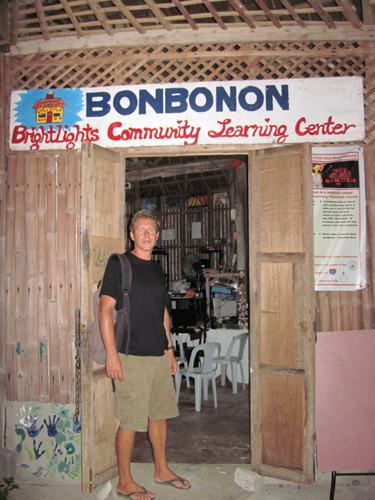 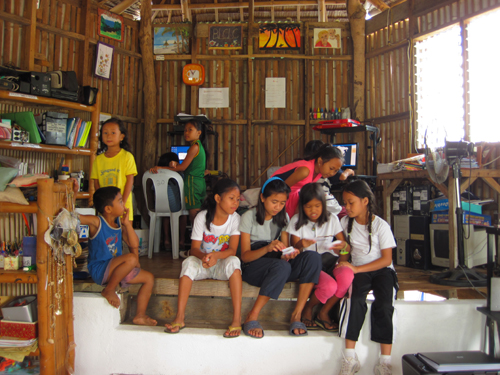
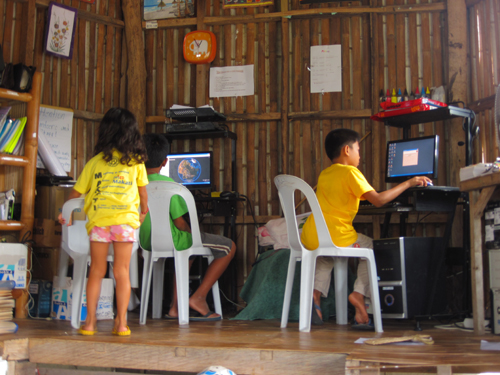 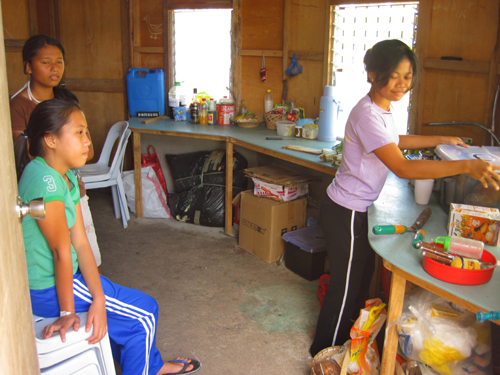
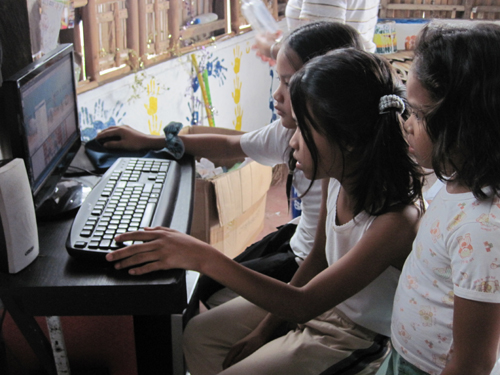 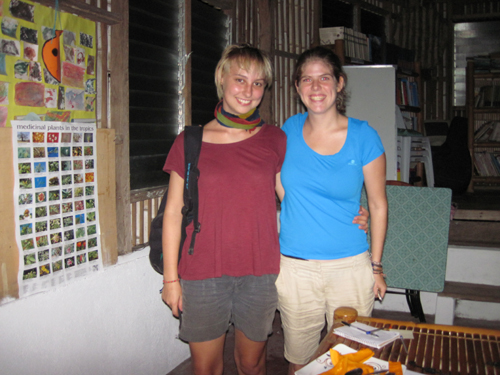
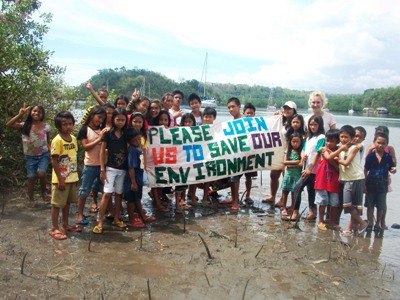
Oktober
2012 -
Ein Kindergarten in Tuvalu
kann endlich Regenwasser sammeln
Tuvalu
ist mit nur rund 10.000
Einwohnern das viertkleinste
Land der Erde. Bei nur 26 km2
Landfläche ergibt sich daraus
eine enorme
Bevölkerungsdichte. Die
höchste Erhebung Tuvalus
erreicht nur fünf Meter über
dem Meeresspiegel und
entsprechend bedroht ist die
kleine Nation von den immer
heftiger auftretenden Zyklonen
und dem Ansteigen des
Meeresspiegels.
Bereits
in 2010 hat sich die
Klimaveränderung durch eine
außergewöhnliche Dürre
bemerkbar gemacht. Da
Süßwasser durch den Regen
gewonnen wird, ist die
Versorgung der Bevölkerung vom
ausreichenden Niederschlag
abhängig. Mit umfangreicher
Hilfe von der EU und
Australien wurden die Häuser
mit großen Sammeltanks
ausgestattet, um die trockene
Jahreszeit zu ueberstehen. Nur
verfügen viele Haushalte aus
Geldnot nicht über Regenrinnen
und Ablaufrohre, um diese
Tanks anzuschließen - das war
nicht Teil der Hilfsprojekte.
So
auch ein kleiner und bereits
überfüllter Kindergarten, den
wir besucht haben. Wir freuen
uns, im Namen des Vereins
"TheRighttoWater.eV" helfen zu
können. Wir kaufen das nötige
Material und bringen es in
gemeinschaftlicher Arbeit an.
Der
Kindergarten dankt unseren
Vereinsmitgliedern und
Spendern für die
Unterstützung!
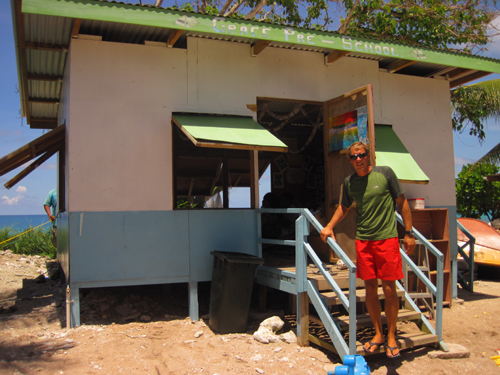 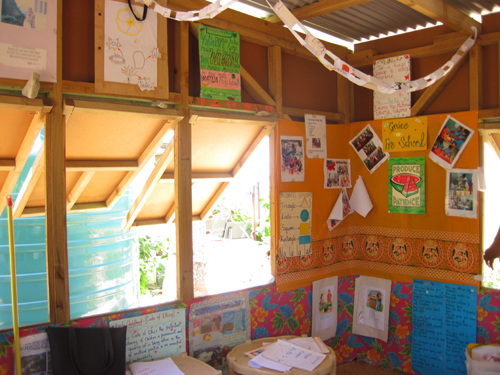 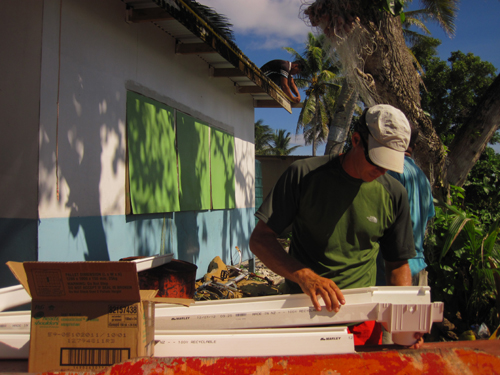 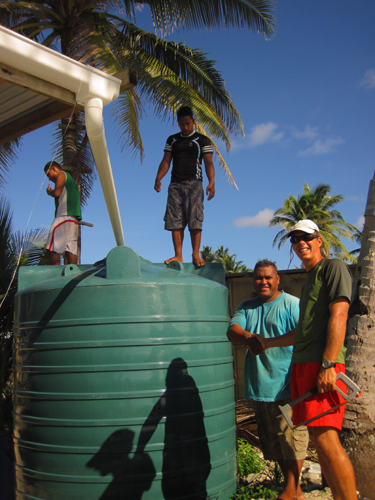
Überblick
2011 - Tätigkeitsbericht
Hier
bitte unseren
Tätigkeitsbericht für 2011
herunterladen.
Oktober
2011 - Unser Verein hilft
einem Kinderheim in Russland
Die
Industriestadt Ischewsk, die
Heimatstadt von Nana,
präsentiert viel
Fortschritt. Aber es werden
wohl noch viele Jahre
vergehen, bevor die
Verbesserung der
Lebensbedinungen alle
erreicht. Wir besuchen ein
Kinderheim, dass leider mit
sehr schmalen Budget achtzig
Kindern ein Zuhause bieten
möchten. Wir sind erschreckt
über die karge Ausstattung
der Zimmer und
Aufenthaltsräume. Es fehlt
an vielem. Wir möchten das
diesjährige Restbudget
unseres Vereins verwenden,
um zu helfen: wir lassen von
einem lokalen Möbelbauer
zwölf bunte Tische
anfertigen, an dem die
Kinder spielen und lernen
können. Zwei Tische steuert
das Möbelhaus ТРИО МЕБЕЛЬ
noch als eigene Spenden
hinzu, wofür wir sehr
dankbar sind. Unser Wunsch
ist es, damit etwas mehr
Farbe in das Leben dieser
Kinder zu bringen. Igor,
Nanas Schwager und unser
Koordinater vor Ort, wird
sich weiterhin daranmachen,
dass Kinderheim ans Internet
anzuschließen. Denn bisher
haben die Kinder keinen
Zugang.
Wir hoffen, auch
diese Aktion ist im Sinne
unserer Förderer und wir
bedanken uns sehr
für ihre Unterstützung.
Und natürlich würden wir
uns rieisg über weitere
Spender und neue
Mitgliedschaften freuen!
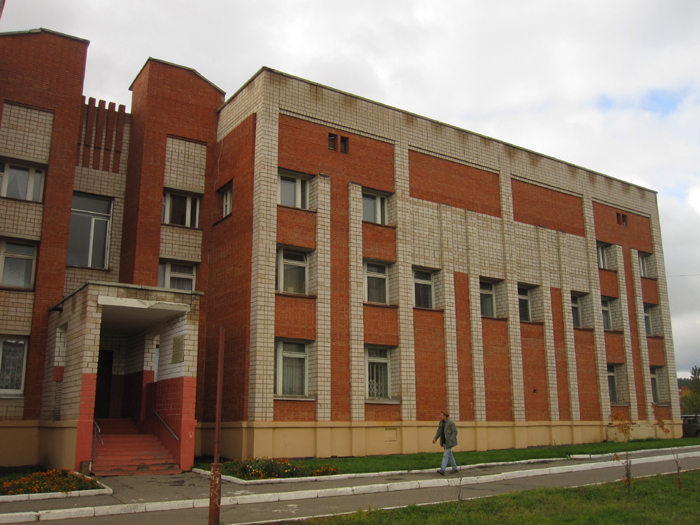 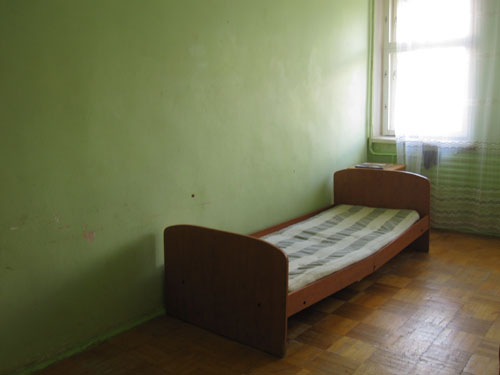
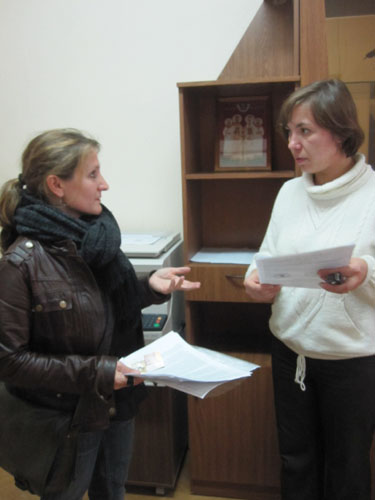 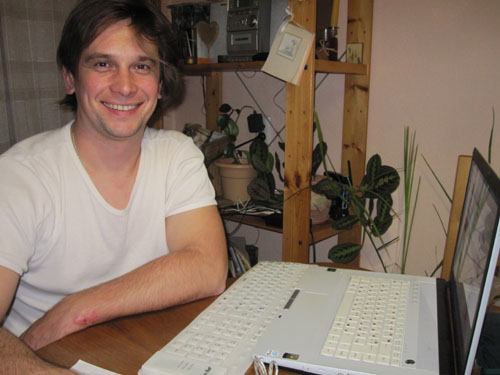
Juli
2011 - Unser Verein hilft
einer Grundschule in
Südbolivien
Wir haben im
Sueden Boliviens eine
Grundschule in einem sehr
armen Dorf besucht.
Dieser Schule fehlt es an
vielem und wir moechten
gerne helfen. Die Kinder
sollen moeglichst viel
lernen, um ihr Leben und
ihre Umwelt besser zu
gestalten. Damit sie nicht
in Kinderarbeit abrutschen
und unwissend am Raubbau
ihrer Natur teilnehmen.
Wir kaufen und
überreichen im Namen des
Vereins The Right to Water
e.V. Schulbuecher,
Schulhefte, Atlase sowie
umfangreiches Mal- und
Bastelmaterial.
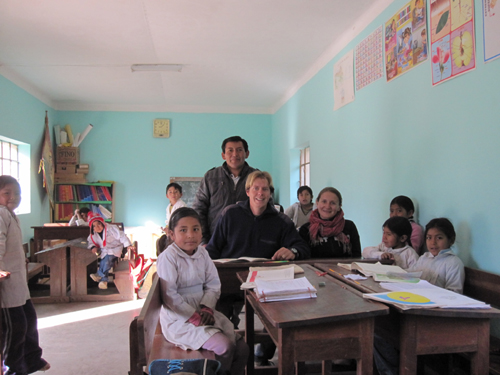
 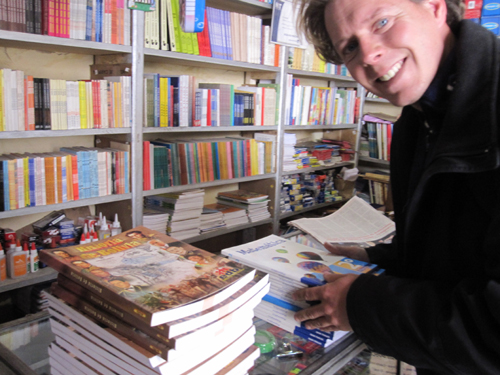
März
2011 - Unterstützung von
AMREF bei Trinkwasserprojekt
im Osten Tansanias:
(Bilder und Text ©
AMREF)
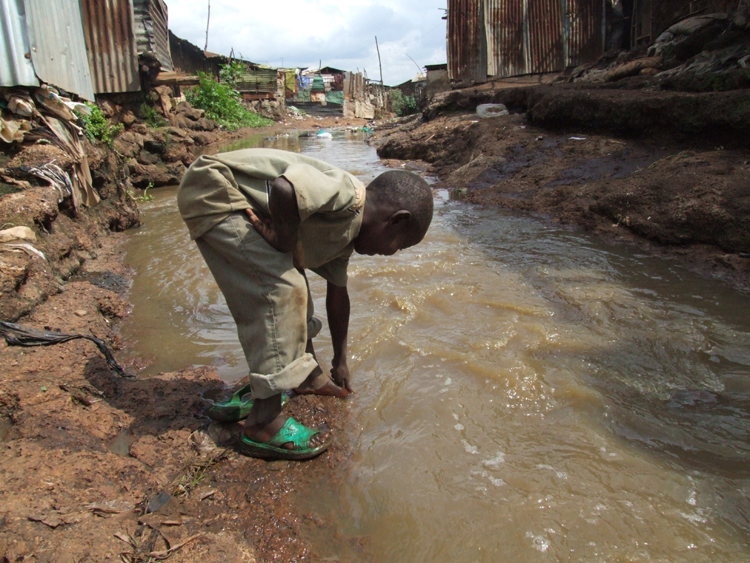
PERSONAL
HYGIENE AND SANITATION
EDUCATION
-
TANZANIA -
RESULT 1:
Improved access to water at
schools.
ACTIVITIES
1.1
Construction of one water
harvesting tank at each
school
Survey
of actual situation and design
requirements of rain water
harvesting systems (jars of
5000Ltrs capacity), Hand
washing and water source was
done to all 25 schools in the
project area (in Mkamba,
panzuo, Mbezi and Shungubweni
wards). The procurement
processes were initiated where
BOQs and terms of references
were developed. There after
bids were advertised followed
by bidder’s evaluation, award.
The bidders did site visits to
make initial preparation for
construction The construction
has been completed in two (8%)
schools out of 12. other 10
(40%) schools are still under
construction to date. The
construction of the rest of 13
(52%) school latrines will be
done next Quarter.
1.2
Construction of cement water
jars at each latrine stances
Survey
of actual situation and design
requirements of water jar
(1000Ltrs capacity)at each
school and the BoQ was
designed as per 1.2 above.
The two constructions are
being done at same time and
the same number of schools
has been intervened.
1.3
Provision of sources of
water for drinking and water
filters
Containers
for Drinking water have been
installed in all 25 (100%)
schools as a result of PHASE
training to teachers and
students on health issues.
Also this has been one of the
functions of the school health
clubs to ensure that drinking
water is safe, clean and
available.
The
size of the tanks was decided
based on our experience in
Mkuranga and elsewhere. AMREF
has learned that school with
300 – 400 pupils has a rooftop
rainwater harvesting system
with a 5000 litre main tank
and a 1000 liters tank at the
latrines for hand washing, is
sufficient, although schools
need to conserve water
carefully in the dry season.
Schools that have larger
number of student like
secondary Schools may require
additional water facilities
with bigger capacity.
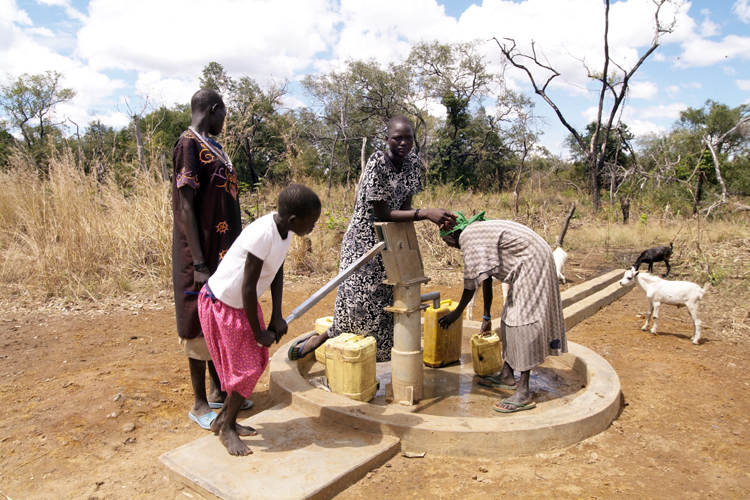
RESULT 2:
Improved access to sanitation
facilities at schools
ACTIVITIES
2.1.
Construction of Additional
Latrines
The
project determined the number
of acceptable latrine stances
and gaps per school and
construct additional latrines
to meet the targeted ratio.
From assessment, currently the
ratio is 63 boys per stance
and 65 Girls per stance
instead of 25 boys and 20
Girls per stance respectively.
The
construction is still going on
in areas where the rain water
harvesting system is being
constructed. The type of
Latrines constructed is VIP
(Ventilated Improved Pit) that
has been found to be safe and
effective in school settings.
AMREF
use a participatory approach
to engage teachers, parents,
and students in the project as
a means of increasing a sense
of ownership. Involving
students in the design of the
latrines in their schools, is
an approach that other
organizations have found
successful, especially with
girls. AMREF periodically
monitors schools to ensure
that latrines are being
properly maintained and remain
structurally sound.
RESULT 3: All
pupils in 25 schools of
Mkuranga District are
knowledgeable and
demonstrating
good hygiene and sanitation
practices.
ACTIVITIES
3.1.
Project monitoring
During
Project monitoring, we were
able to note some behavioral
changes where students now
seem to use Latrines, wash
their hands after using
Latrines. Latrines are kept
clean and students drink clean
and safe water prepared by
students through school health
clubs under the supervision
their teachers.
Training
of teachers on how to
establish health clubs has
influenced pupils to practice
some good hygiene and
sanitation behavior through
reading some information
educational communication
materials
AMREF
through PHASE Project intends
to bring about an increase in
knowledge among schoolchildren
about health and healthy
practices, and to increase the
proportion of students who
actually practice key health
and hygiene behaviors. This
will be achieved by
incorporating PHASE (Personal
Hygiene and Sanitation
Education) in Schools
curriculum MKuranga District.
The
relationships that AMREF has
forged through the current
water project with district
officials, CBOs, and FBOs pave
the way for the introduction
of this new educational
approach. AMREF in Mkuranga d
by introduced the PHASE
concept to the District
Executive Director, District
Education Officer and other
key education stake holders
like Head Teachers, Ward
Education Officers (WEO),
explaining the importance of
incorporating PHASE in the
curriculum as an integral part
of the effort to improve water
and sanitation in their
schools and ultimately improve
the health of children and
teachers. This was done in the
first and the second Quarter
3.2.
Distribution of IEC
materials
During
this period IEC materials were
distributed to all 25 (100%)
schools. The development of
these materials was done in
the previous Quarter
The
materials are very useful
school health clubs in
disseminating hygiene and
sanitation messages throughout
the school and to the wider
community. The clubs organize
various programs and events,
like health fairs, cleanup
days, poster design contests,
and performances through which
they communicate health
messages to their peers, their
parents, and the community.
AMREF
supports these activities by
supporting the teachers who
advise the clubs and by
providing educational and
promotional materials like
posters, brochures, and comic
books. AMREF involves both
pupils and teachers in
monitoring progress and
collecting data, which helps
to increase commitment to the
project, because they are able
to see the results of their
efforts.
RESULT 4:
Functional operation and
maintenance systems for water
and sanitation facilities at
the schools and in the
community are in place.
ACTIVITIES
4.1
Capacity building training
to school committee members
During
this reporting period PPHASE
approach was introduced to 15
out of 25 (60%) school
committees, and then support
them as they introduce the
concept to their teachers and
community at large and choose
the teachers who will be
trained in the PHASE approach
and in first aid. Each school
has a female guardian teacher
for girls and a male guardian
teacher for boys, who carry
out functions of a social
worker, intervening when a
child has difficulty to pay
attention, due to illness or
having social problems at home
etc. It was important to
include the guardian teachers
in the training because their
role is not solely academic,
but intersects with families
and the community.
ACHIEVEMENTS
Behavioural
change among pupils and
teachers on hygiene issues
has improved as observed in
project monitoring
processes. Drinking water is
now available in schools,
toilet are being used and
students being referred to
nearby health services.
LESSON LEARNT
The existing
rain water harvesting jar
(1000Ltrs) saves for only
short time when there is
rainfall but most of the
time is not used especially
when there is prolonged
drought like this year. This
implies that most schools
highly need reliable source
of water right at school
compound.
Schools being
learning place, the
construction of additional
improved Latrine by PHASE
project has come at right
time and place.
Schools are the
most important places for
leaning for children as they
are central place in the
community. A school is a
stimulating learning
environment for all children
in the villages and thus
stimulates or initiate
changes among them.
Schools can
influence community
behaviour change through
children outreach activities
as they are in touch with
large proportion of
households.
Children are
future parents and what they
learn today is likely to be
applied in the rest of their
lives. They have important
roles in the household,
taking care of younger
brothers and sisters, and
depending on the culture,
they may also question
existing practices in the
household.
Thus if
children are brought into
the development process as
active participants, they
become change agents within
their families and stimulus
to the community
development. They are eager
to learn and help, and if
they consider environmental
care and their role in this
as important, they will take
care of their own health and
the health of others. Being
tomorrow’s parents, children
are also likely to ensure
the sustainability of a
programmes impact.
In reality,
schools are often more than
just places for learning and
behaviour change. If school
sanitation and hygiene
facilities are absent, or
are badly maintained and
used, schools become risky
places where diseases are
transmitted.
Diarrhoea and
worm infection are two major
childhood diseases that
occur most frequently being
caused by lack of proper
sanitary conditions. Schools
can also pollute the neutral
environment in such a way
that it causes health
hazards for the community at
large. It is therefore
important that schools have
proper facilities. However
improved facilities in
themselves are not
sufficient, it requires an
integral with hygiene
behaviour change and
knowledge.
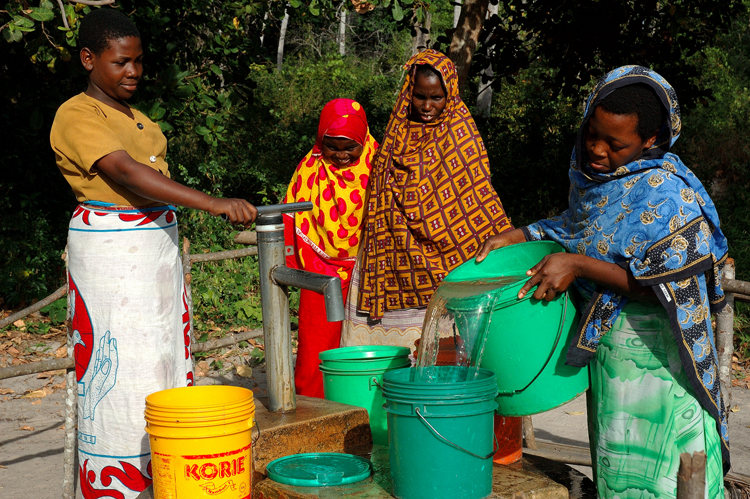
|










